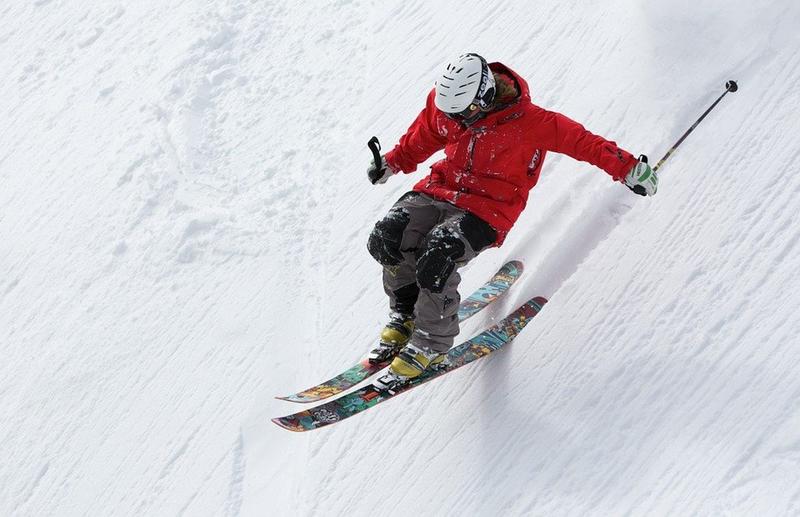For What Purpose Should The Product Law Be Applied?

The law of interaction is the name given to Sir Isaac Newton's third law of motion, which holds that an "interaction" between two objects brings creates an equal and opposite reaction.
Objects Interacting
In any instance where there are two objects, and they interact with the other, it is defined as exerting force upon the other. For instance, you exert your body downward toward sitting on a chair, then you sit in your chair, which places an upward force on your body. That's the law of interaction ― the two forces are at work ― a force upon your body, and a force on the chair. Your body moving downward is the action force, and the chair is the reaction force. The law of interaction is defined by action and reaction.
Interactivity in Motion
The forces described by Newton's third law are either pushes or pulls resulting from an object's interactions. There are several interactions at play in the physics of motion. There are the immediate contact interactions, in which interactions between objects have direct contact. There are also distance interactions, in which the interaction happens without direct contact. You can see this interaction with magnets or electricity.
The Law of Interaction in Nature
Nature holds many examples of the law of interaction. Think about the birds in the sky and how they fly. As the bird pushes down with its wings on the air, there is an opposite reaction for the direction of the air force on the bird. These forces are the mutual interactions. This action and reaction force in pairs gives birds the ability to fly.
On the ground, we see a tiger in nature. When the tiger runs forward, its paws exert a backward motion force upon the ground. When this occurs, the ground exerts its own equal and opposite force on the tiger, helping to propel it forward, faster.
The Law of Interaction in Daily Life
You can see the law of interaction in your daily life as well. When you are on the golf course, you swing the club down upon the golf ball. However, there is also an opposite force of the ball hitting the club. When the action and reaction occur, the ball flies forward in the direction it was hit.
A bicycle ride is also an example of the law of interaction. The feet push the pedals, which exerts a force upon the chain to make the wheels roll. As the tires roll, they interact with the pavement, which exerts its own equal and opposite force on the bicycle tires. This is the law of motion, moving the bike forward.
Newton's Laws
The third law of motion as defined by Newton follows on the first and second laws of how motion happens. Newton's first law of motion is also known as the law of inertia, and his second law of motion is the law of momentum.
The first law postulates that an object that is in a rest or motion state will remain that way unless acted upon by an external force. Imagine a car that starts to accelerate quickly at a high rate of speed. When the acceleration starts, your body gets pushed backward in the car.
The second law, also called the law of momentum, is focused on how an object's movement forward depends on the force acting upon the object.
MORE FROM REFERENCE.COM
For What Purpose Should The Product Law Be Applied?
Source: https://www.reference.com/science/law-interaction-e9decd79f4e7ea44?utm_content=params%3Ao%3D740005%26ad%3DdirN%26qo%3DserpIndex
Posted by: beckrikeproseet.blogspot.com

0 Response to "For What Purpose Should The Product Law Be Applied?"
Post a Comment